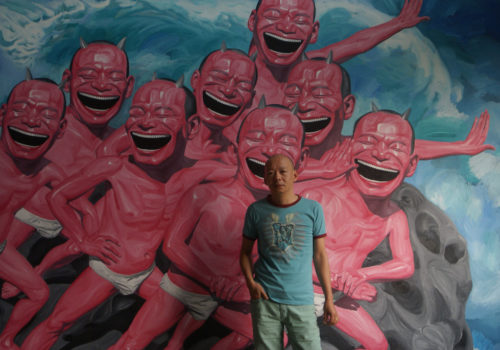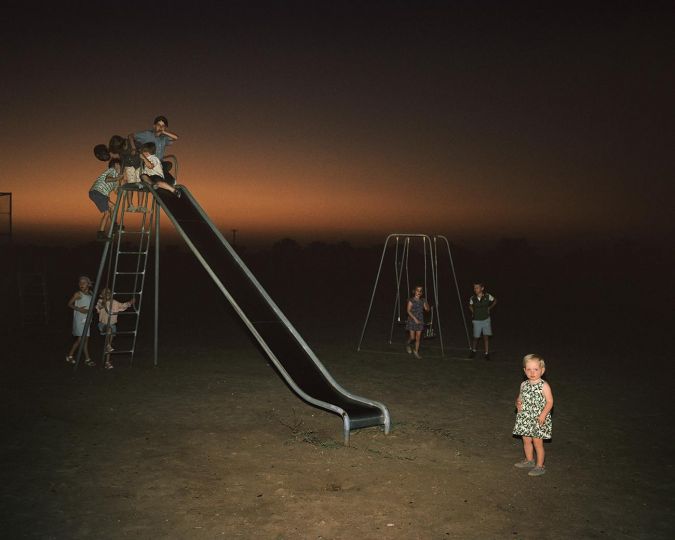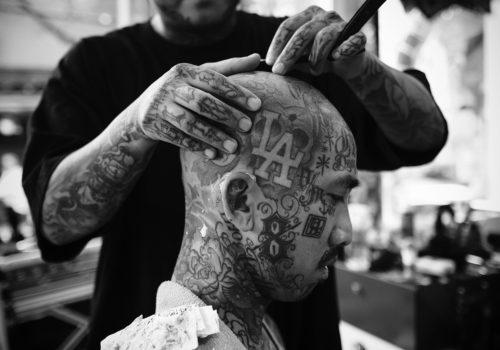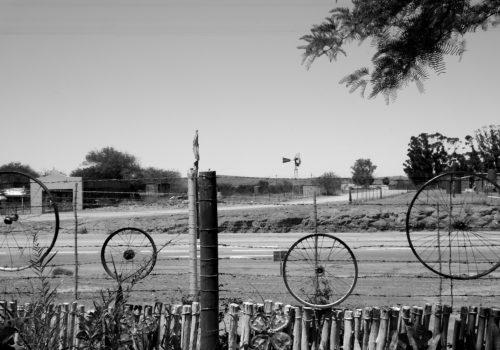The urbanization of China and the disappearance of rural culture seem to me to be the most significant changes in recent decades. For thousands of years, Chinese society was almost exclusively rural, and it remained so until the early 1980s. The example of Nanking is typical of what happened : what was once a city with lots of character, a very nice place to live, was nearly ruined by modernization. The problem is partly due to the leaders , who only thought of creating a modern and international city, even if it was to the detriment of its historical singularity.
The majority of Chinese cities suffered the same fate, becoming ugly and devoid of personality as many local traditions were lost in the process of mass standardization. The villages experienced similar upheaval, especially in the southern provinces where the economy grew too quickly. This is the first time that Chinese culture has had to face a break from its past. At least that’s the case for heritage preservation. Although historical sites are more protected than before, renovations are demanded to be performed faster and faster, always faster. How can you guarantee quality and authenticity when working at such speed? I am very pessimistic about how we are going to maintain our architectural heritage. I don’t necessarily feel the same about other areas, even though I’m not too involved with politics. I’m more into my classical music collection. It makes the heart grow softer.
BOOK
China Now
Direction : Yann Layma
360 x 250 mm
192 pages
Punlisher: La Martinière
09 octobre 2014
ISBN 9782732448824
49 €
















